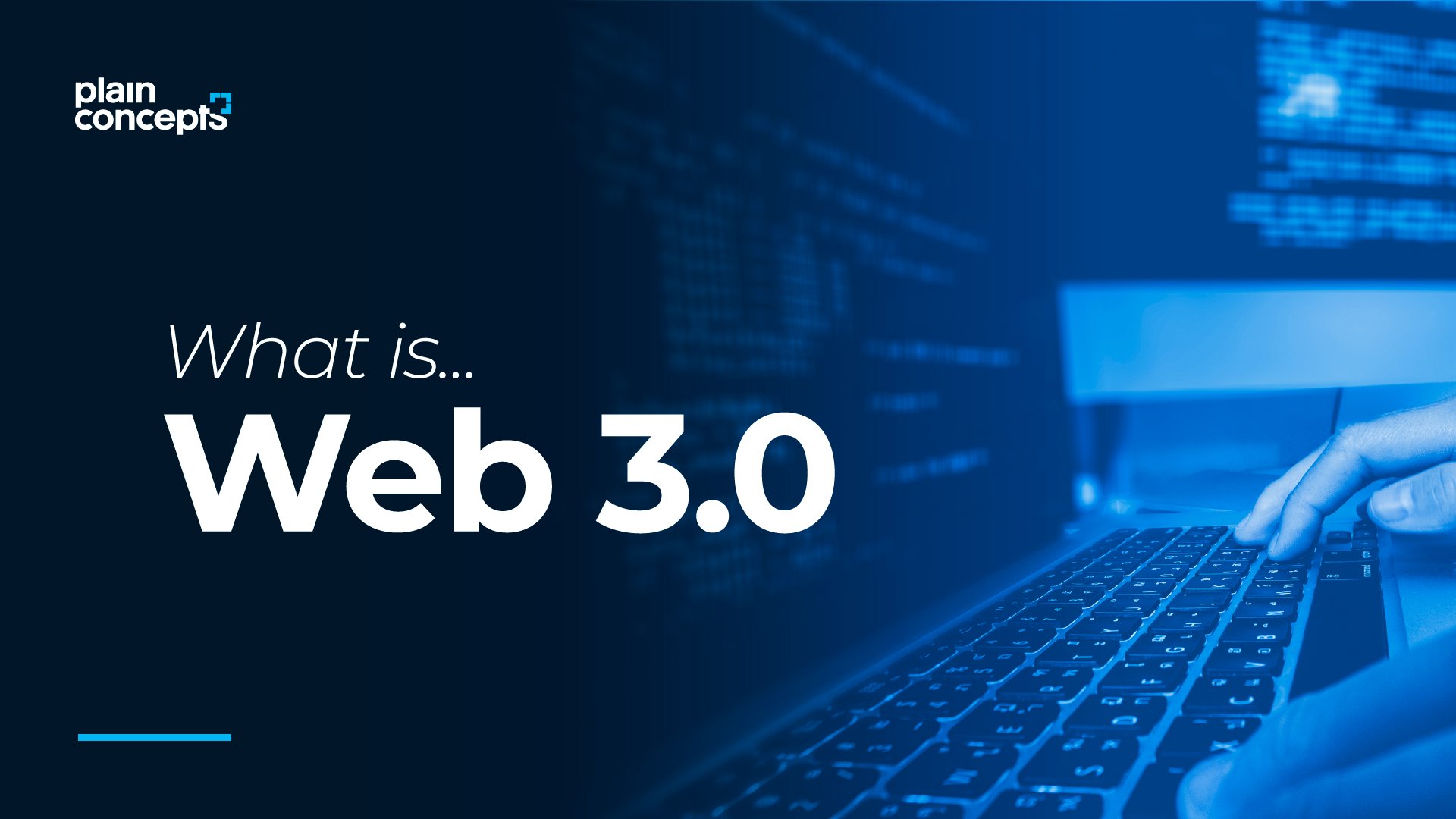
Andy Murray has used Catapult technology to aid his comeback from an operation to repair his damaged hip
LTA
Andy Murray took the latest step in a remarkable comeback from injury by winning the men’s doubles title with Feliciano Lopez at Queen’s Club Championship last week, and is set to compete in the doubles at Wimbledon.
Having spent 18 months struggling with a serious hip injury, this culminated in an emotional revelation at the Australian Open in January that his career may be over, but in a bid to finally fix the problem the three-time Grand Slam champion underwent hip resurfacing surgery in London in January.
Since then, the former World No 1 and his team have worked hard on the court to return to top-level sport, and have been aided by the use of technology to track Murray’s progress compared to the standards he was setting pre-injury.
Jozef Baker, product specialist at Catapult, has worked closely with Murray and his strength and conditioning coach Matt Little since 2017.
The credit for his return to play belongs entirely with Andy and his team, but we look to provide the best tools and hardware and software for Matt to make the best decisions for Andy and his health.
We have been able to use the technology to identify tennis strokes so we have utilised some of that work and we have detected serves from historical data on Andy.
We have managed to compare that to what he is doing at the moment during his recovery and from there we took conclusions from a pre-injury Murray and compared them to help Matt in building that workload.”
Murray and his team have worked closely with Catapult since 2015
GETTY IMAGES
No other player has returned to professional singles tennis after such an injury, though Murray was given hope by doubles legend Bob Bryan undergoing similar surgery and continuing his career alongside brother Mike.
Caatapult, formed in Melbourne in 2006, have become field leaders in wearable technology and currently work with 2,5000 teams across 39 sports to provide a range of data and statistics to improve performance and limit injury.
Murray and his team were early adopters of wearable technology within tennis with Little first approaching Catapult in 2015 to begin the relationship.
Murray would go on to win Wimbledon, Olympic gold and the ATP tour finals the following year.
Little, who has been on Murray’s coaching team since November 2007, outlined the areas that Catapult has helped improve Murray’s game on his injury comeback.
He said: “These devices can tell us the external load that is placed on the player by chasing around the court, jumping up and down, sprinting, twisting and turning.
“They can tell us the maximum speed that the player hit, how quickly they accelerated and decelerated amongst other metrics. This is very valuable information especially when looking to learn about what is actually happening to our players on the tennis court.
“Objective data on how much load causes the player to fatigue and whether or not this is improving over time is very useful to know.”

Murray will continue his comeback from injury by playing in the men’s doubles at Wimbledon
GETTY IMAGES
Little admitted that tennis has become a much more athletic and explosive sport, with most men’s players weighing in excess of 85kg and moving at speeds of up to eight meters per second and 80% of points lasting less than four shots. He said:
I passionately believe that training programs on and off court should reflect these changing demands.
There is no arbitrary time limit on the session, you stop when you have hit a certain work load. If the player is very intense and pushes themselves, and they get through this work in less than three hours, then so be it.
Over time the coach and player will educate themselves on the actual physical impact of their loading and come up with appropriate training weeks for different times of the year.”
Baker expanded on the role Catapult can play in providing information to coaches and players – Milos Raonic also uses similar technology – with more than 1,000 data points available from the equipment.
Specifically, the information gathered has allowed more focus on controlling workload and identifying where changes can be made dependent on different surfaces, with the tennis season spread across hard courts, clay courts and grass. Baker said:
[“source=forbes”]What matt has found from the use of it in tennis he is able to detect the effect playing on different surfaces has on the athlete
Playing on grass will have a different output to playing on hard courts.
If you take that in isolation you can better control load through the season.
You know you may need to change the load when you’re on grass to compensate for other surfaces for example.”







